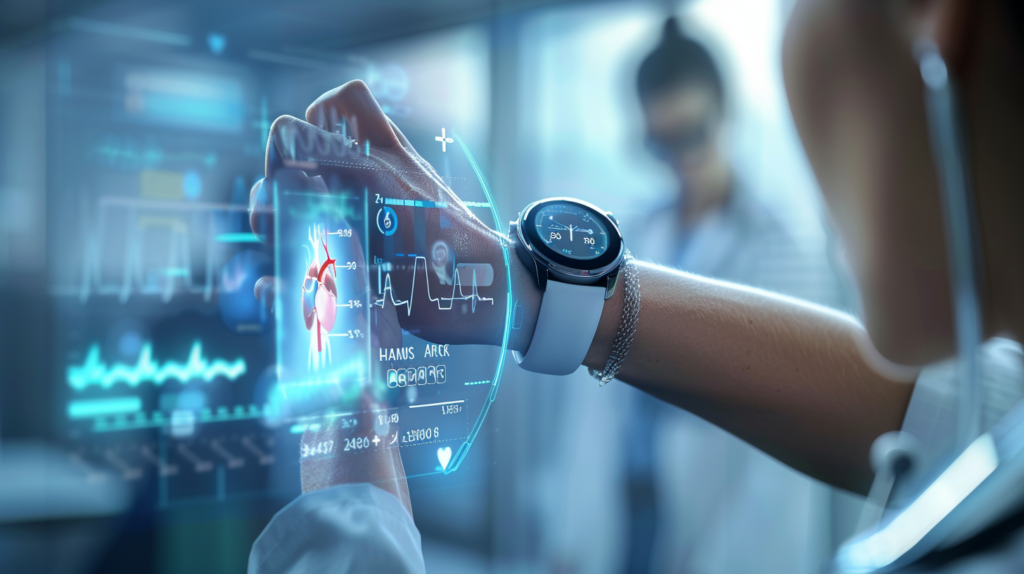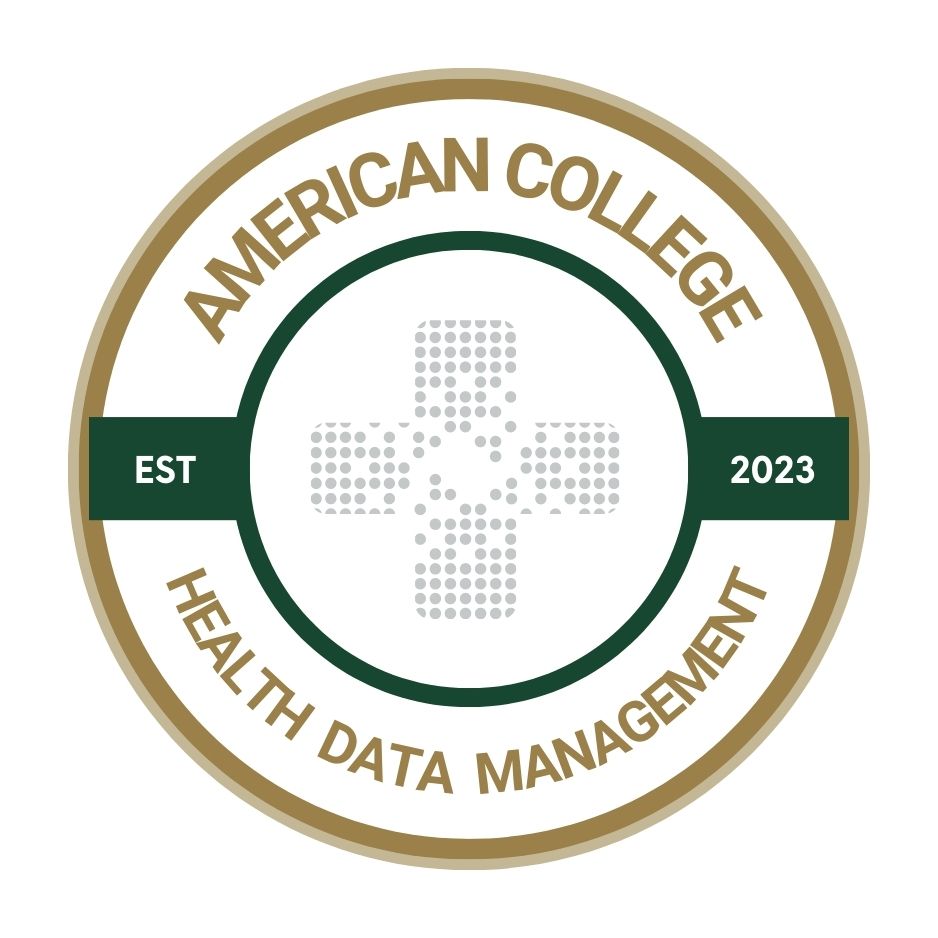Why it’s crucial to embrace smart devices to enhance patient care
The acceptance and use of data generated from devices can give clinicians a crucial behind-the-office-visit view of patients’ symptoms.

When I envision the future of healthcare, I see a world in which clinicians feel confident prescribing smart devices to monitor various health metrics, and patients feel equally confident using those devices. This vision is rooted in both professional experience and personal encounters, underscoring the immense potential of technology to transform patient care.
Today, a variety of smart devices offer invaluable insights that can significantly aid in managing medical conditions. For instance, individuals with heart disorders, such as atrial fibrillation, can use smartwatches to monitor their heart rate and rhythm at home between appointments. Similarly, smart blood pressure monitors can help manage hypertension, smart scales can track fluid retention in patients with congestive heart failure, and remote PT/INR monitors facilitate at-home testing for those on warfarin because of atrial fibrillation.
Traditional 12-lead ECGs capture just 10 seconds of data, often missing critical events that occur outside the medical office. By contrast, a smartwatch continuously monitors heart rate and rhythm, potentially catching issues that manifest at home. How many health issues could be detected and managed if more clinicians encouraged patients to utilize these available technologies?
Widespread adoption of smart devices could enable the management of some medical conditions at home, reducing the need for frequent office visits. This shift would not only enhance patient convenience, but it also alleviate the burden on healthcare facilities.
A personal journey
Allow me to share a personal anecdote to illustrate the profound impact of technology in healthcare. More than six years ago, I began experiencing heart palpitations, which led me to monitor my heart rate with a smartwatch and consult my primary care provider. Despite my efforts to present smartwatch data, clinicians dismissed it as unreliable.
Fast forward six years, my heart rate issues persisted, and I nearly received incorrect medication because of a cardiologist's reluctance to trust smartwatch data. Fortunately, my insistence on further testing vindicated the smartwatch.
This experience taught me the critical need for integrating smart technology into routine care. Patients with conditions like “white coat syndrome,” which causes elevated blood pressure and heart rate during medical visits, could benefit immensely from at-home monitoring. For those who are anxious and uncomfortable during clinical tests, at-home devices provide a more accurate reflection of their health.
My sister's journey has been even more challenging. Despite noticing a correlation between her heart symptoms and smartwatch metrics, her cardiologist dismissed the data. This highlights how patient-generated data is often undervalued. How much critical information is being overlooked that could offer insights into the 99 percent of time patients are not in medical offices?
There is a wealth of data from these devices that, if integrated into electronic health records (EHRs), could populate dashboards with actionable metrics to inform clinical decisions. Whether an appointment is in six days or six months, a person’s biological and social environment can change drastically, and having continuous insights can streamline the identification of trends and drive timely interventions.
The need for widespread adoption
To realize this vision, we must increase the adoption of these technologies among patients and clinicians. This effort involves establishing free or low-cost programs to provide devices to patients in need and integrating these technologies into EHRs and business intelligence platforms for personalized, patient-centric care. Education is key; both patients and clinicians must be trained to use and trust these devices, similar to how diabetics manage their blood glucose at home.
The transformation is not just about technology; it’s about building a trust-based partnership between patients and healthcare providers. Encouraging patients to take an active role in their care, supported by reliable technology, can lead to better health outcomes and a more efficient healthcare system.
The future of healthcare lies in the integration of smart technology, patient-generated data and personalized care. By embracing these advancements, we can enhance patient experiences, improve health outcomes and create a more impactful healthcare system. However, it requires a concerted effort from all stakeholders.
My personal journey and my sister’s struggles are just two data points among the millions citing the importance of trusting patients who want to be more involved and, with the right technology, can be an asset in their own care. Together, we can create a future where smart devices and personalized care are the norms, ensuring better health and well-being for all.
Justin Austin, FACHDM, is a Fellow in the American College of Health Data Management.
